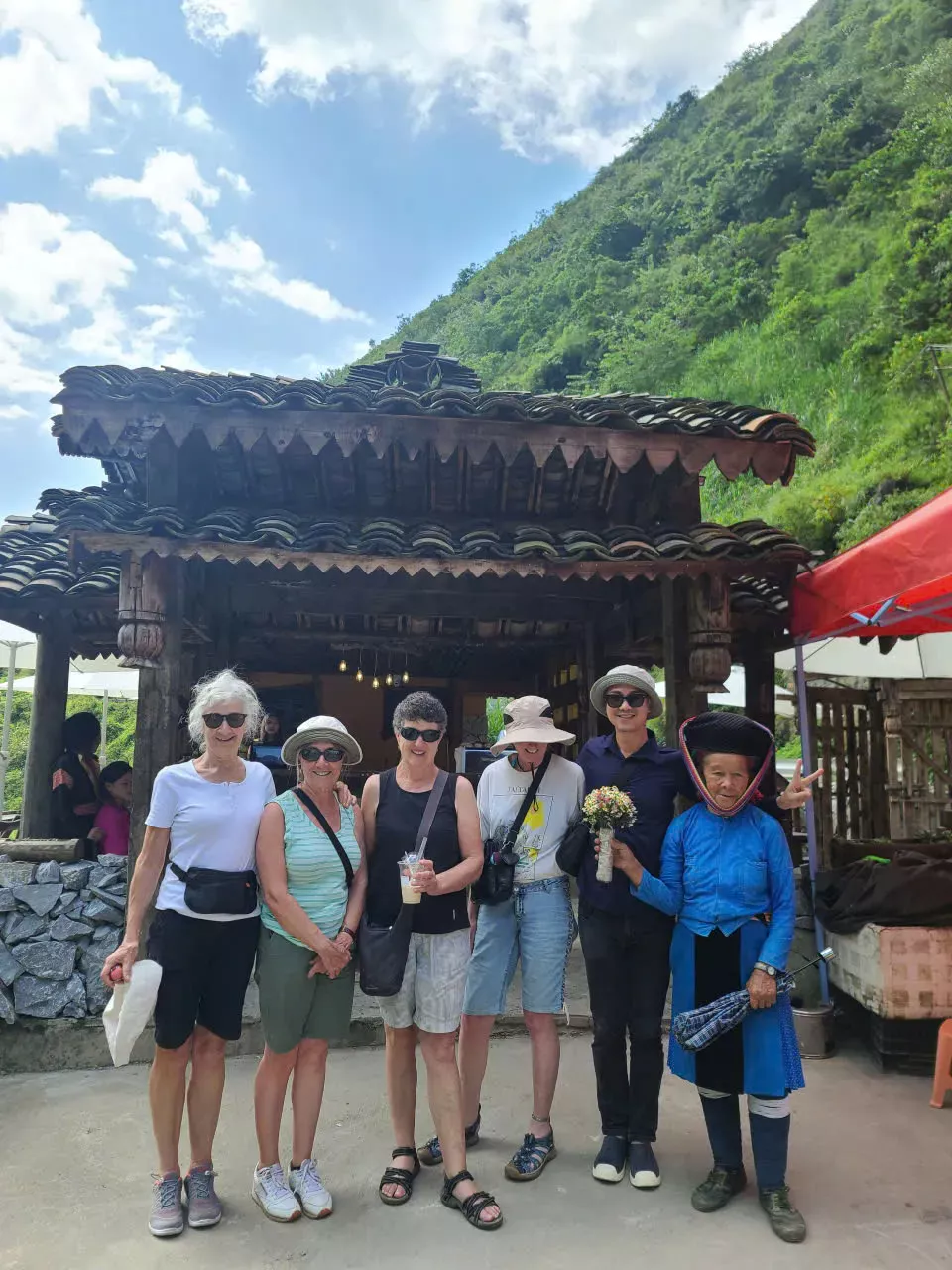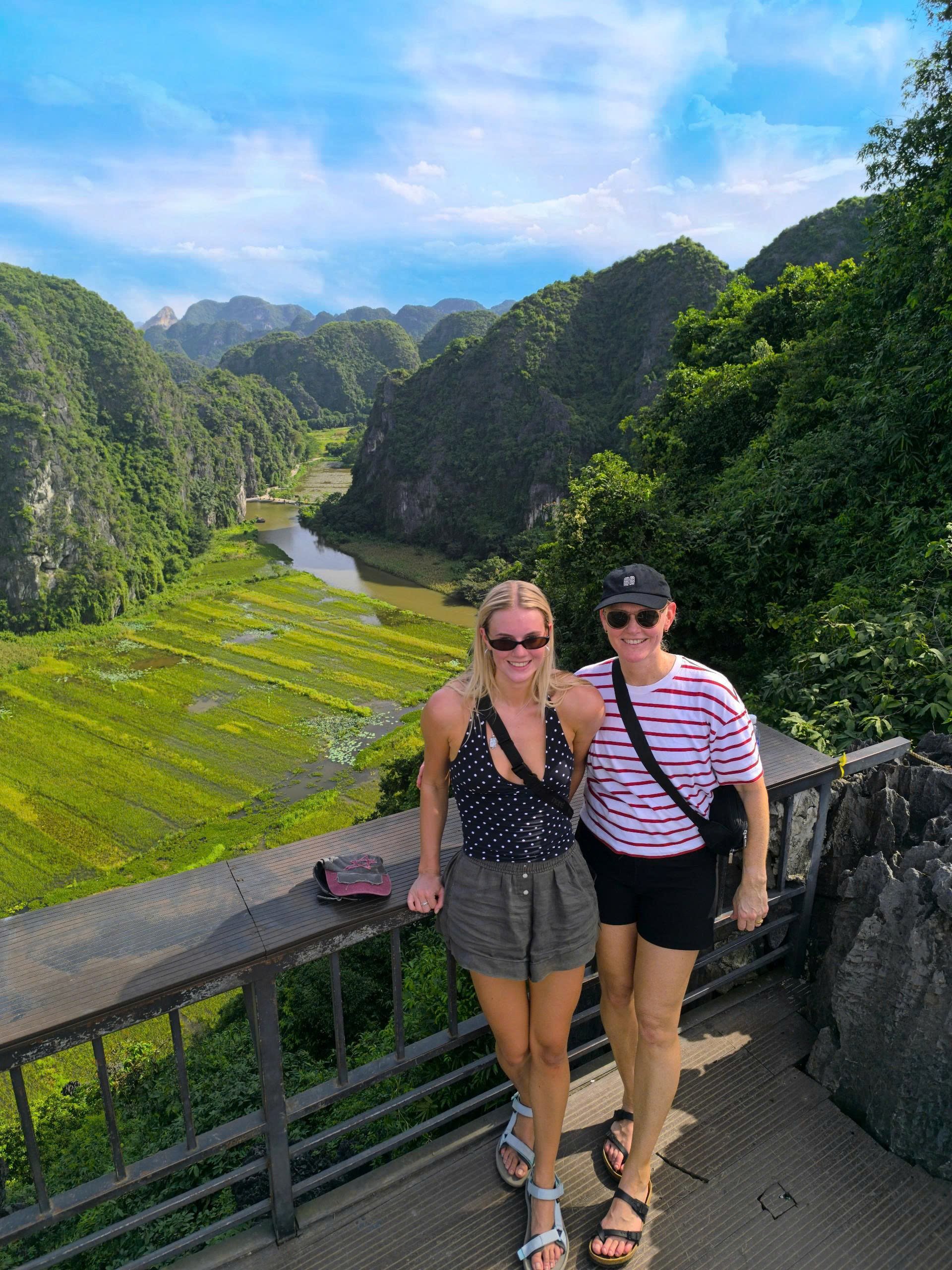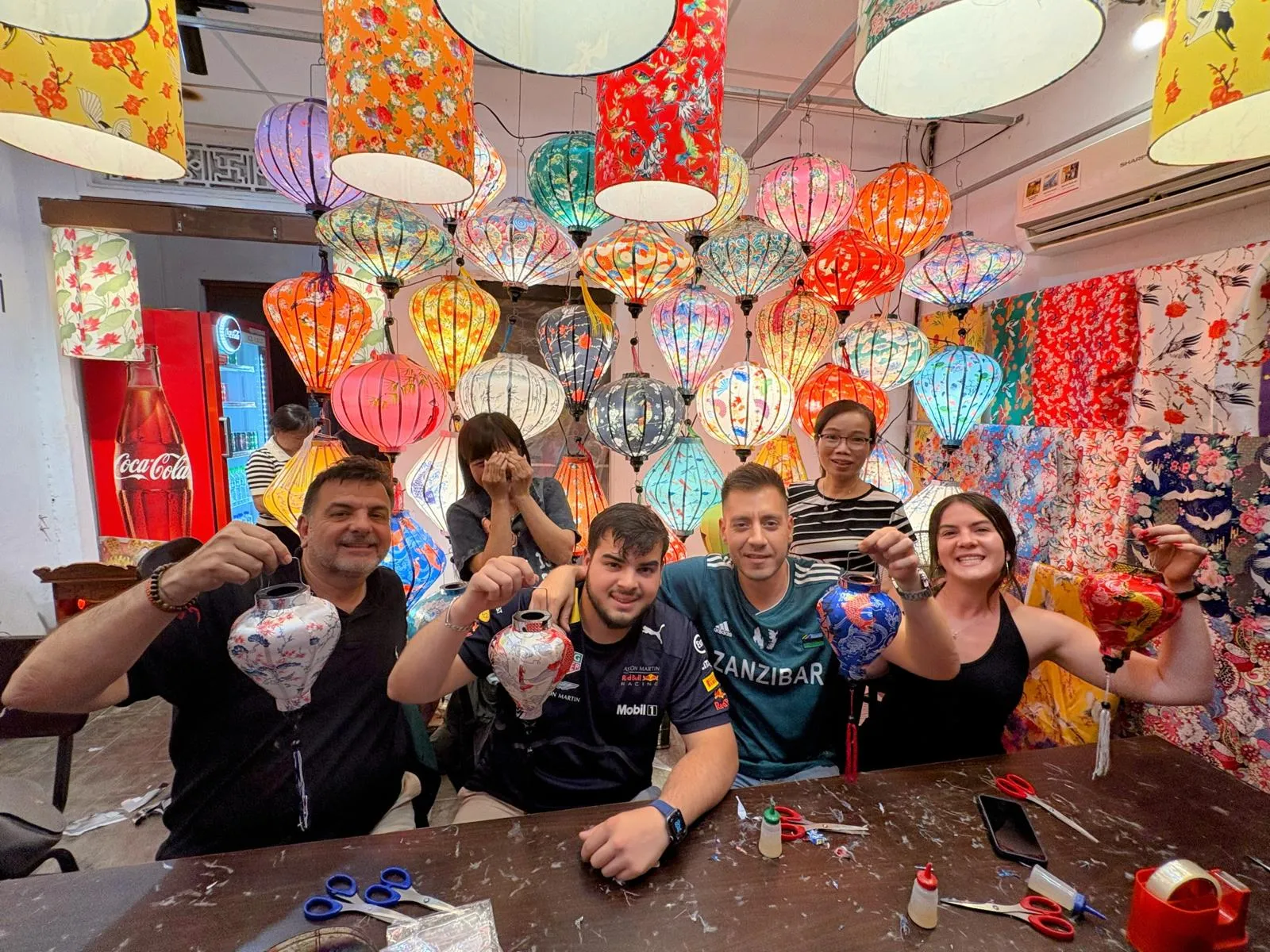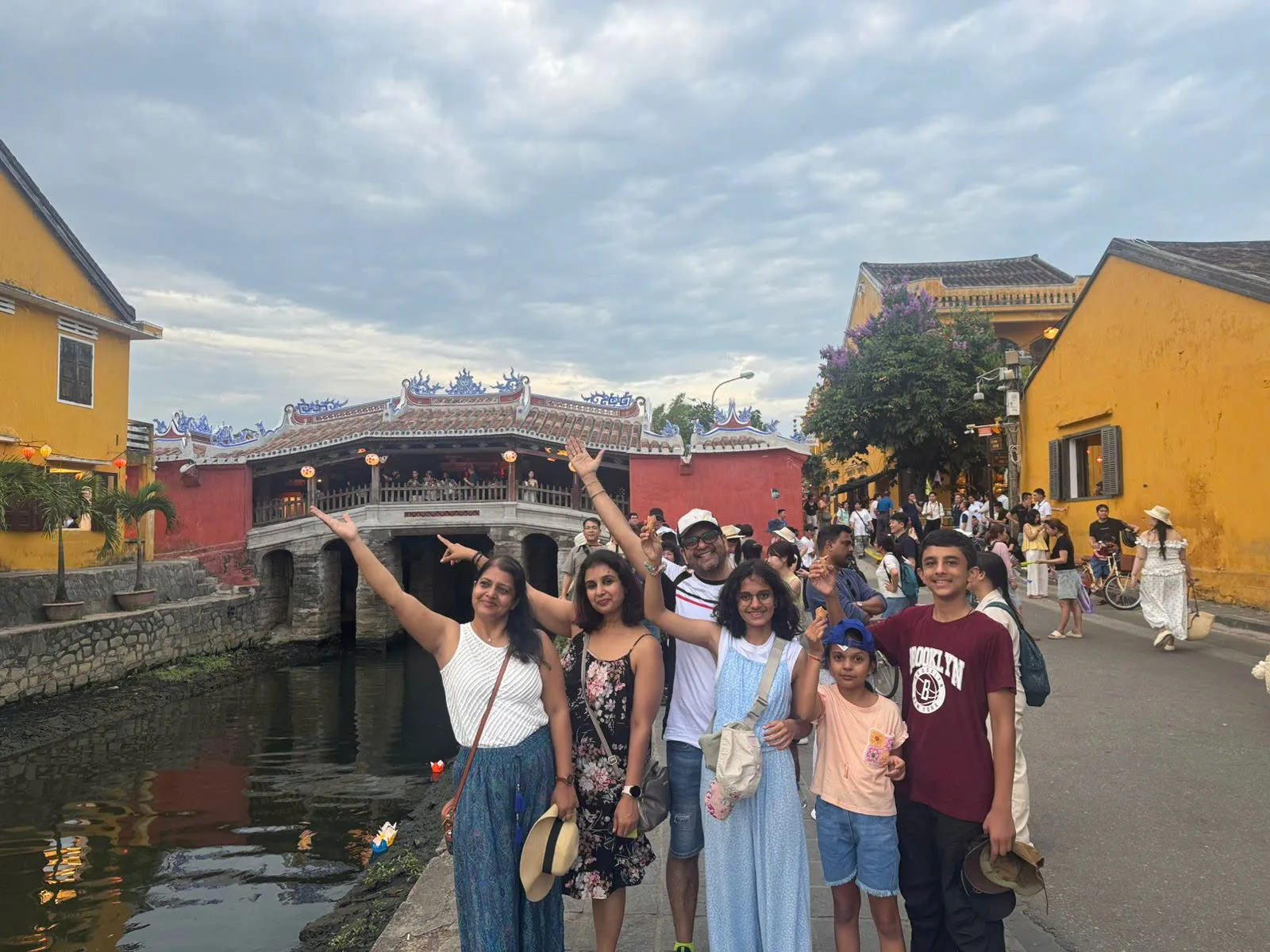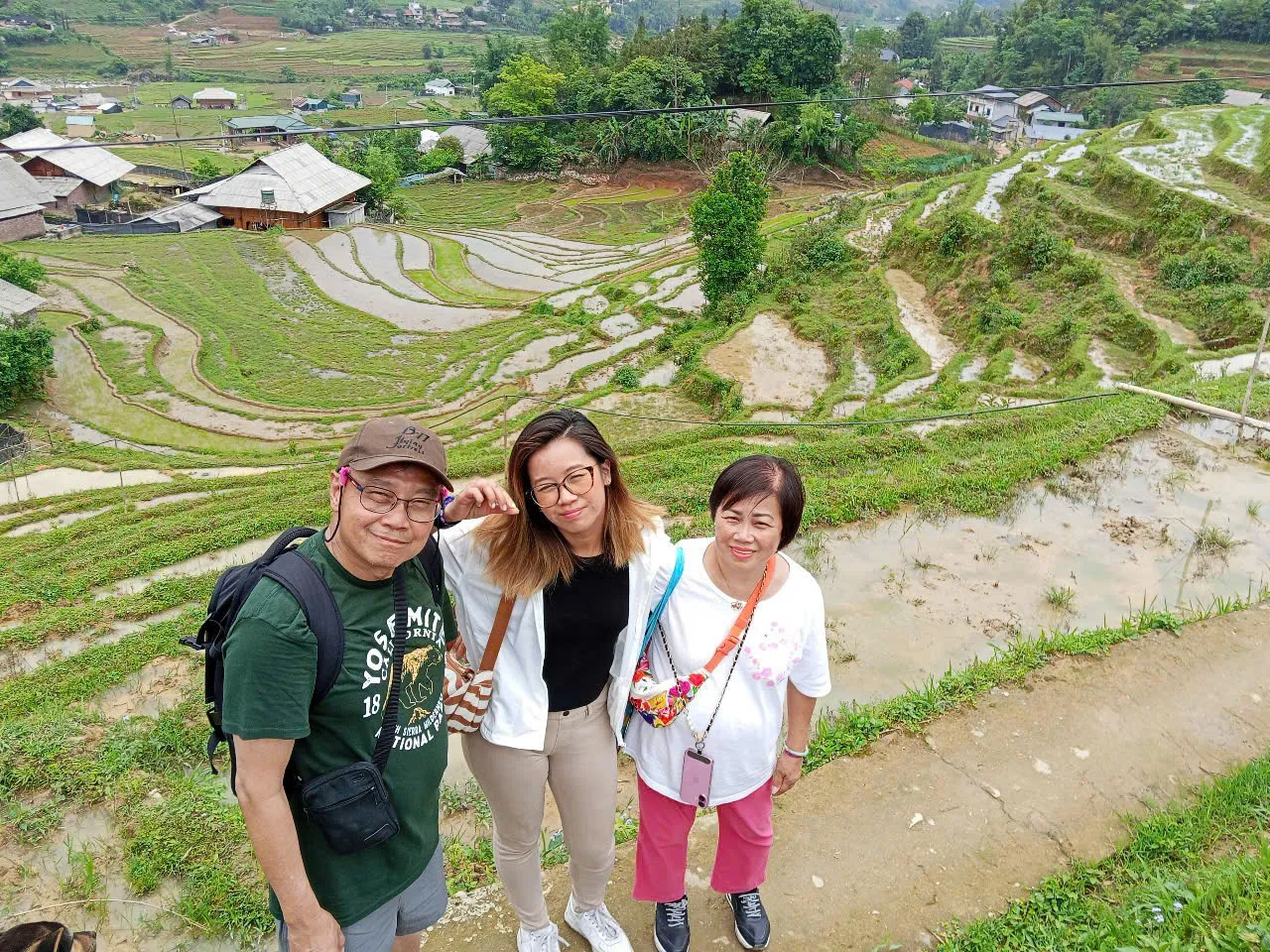
1. Introduction to Cambodian cuisine
What makes Khmer food unique
Cambodian cuisine—also known as Khmer cuisine—draws influence from neighboring Thailand and Vietnam, as well as from Chinese and French culinary traditions. But it retains a distinct identity shaped by its own indigenous ingredients, like kroeung (a traditional spice paste), prahok (fermented fish paste), and fresh herbs like lemongrass, turmeric, and galangal. Rice is central to nearly every meal, often accompanied by soups, stews, and grilled meats.
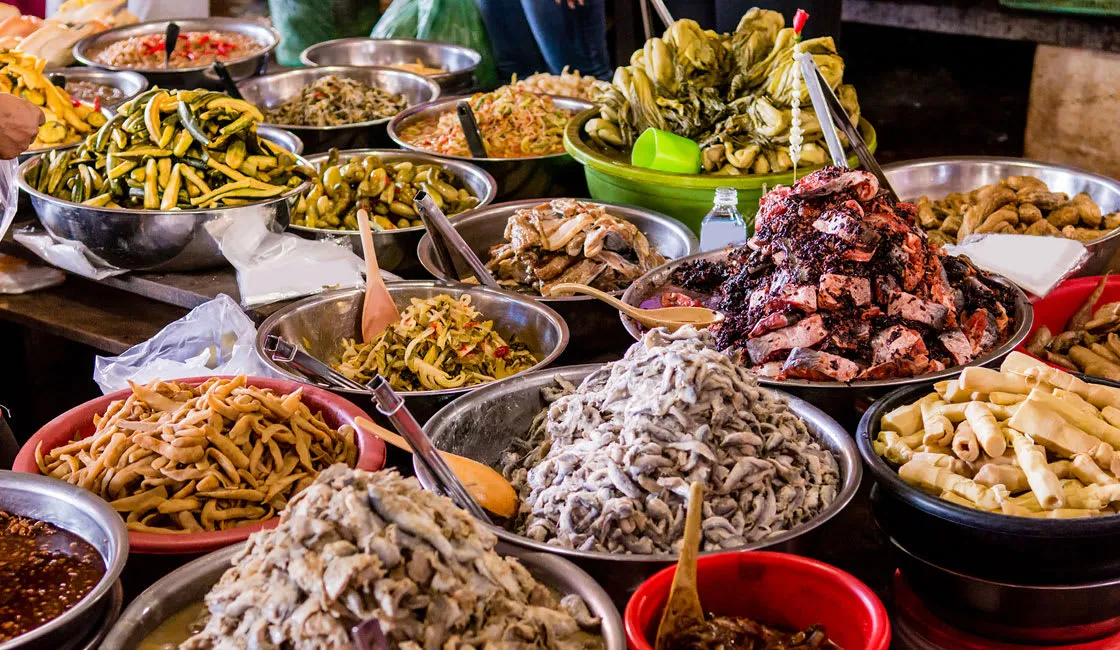
Cambodian eating culture
Meals in Cambodia are typically shared, family-style. A typical table might include a soup, a stir-fry, grilled fish, pickled vegetables, and plenty of rice. In cities, modern restaurants serve up creative takes on traditional dishes, while in the countryside, you’ll find heartier, earthier fare using local produce and foraged greens.
2. Top 15 must-try Cambodian dishes
National and iconic Khmer dishes
-
Fish amok – A creamy steamed curry made with fish, coconut milk, and kroeung, served in banana leaves. This is often considered Cambodia’s national dish.
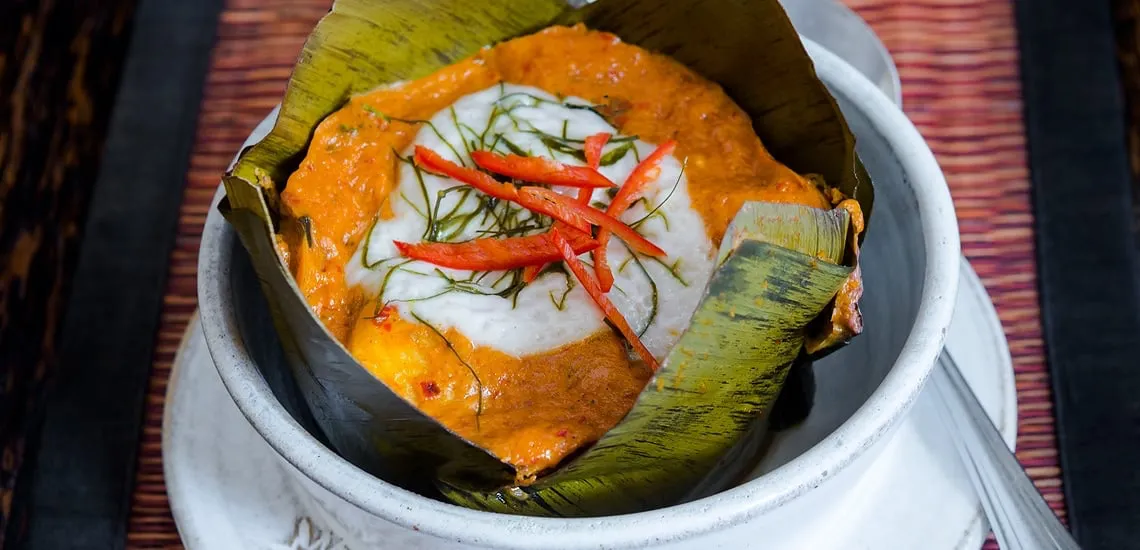
-
Samlor korkor – One of the oldest Cambodian soups, filled with vegetables, pork or catfish, and flavored with fermented paste.
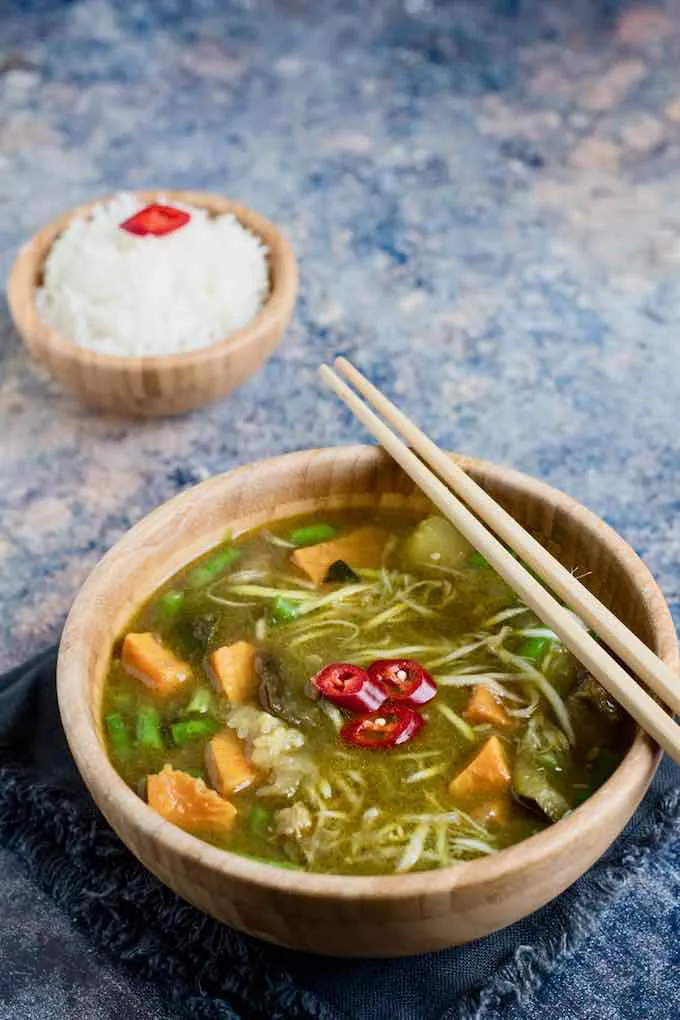
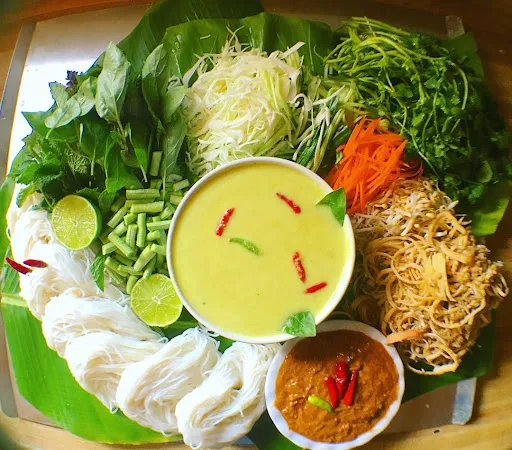
Street food and local favorites
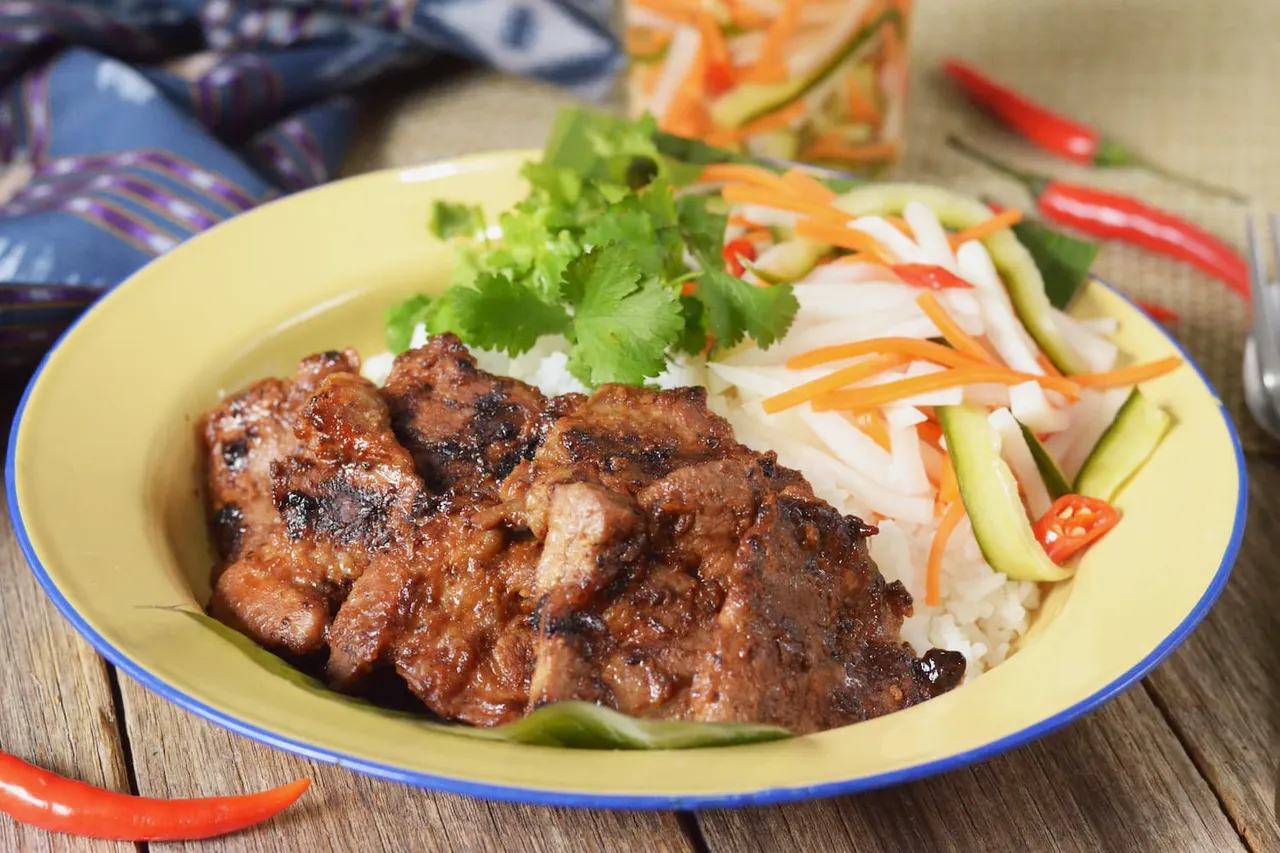
-
Num pang – A Cambodian sandwich similar to the Vietnamese bánh mì, typically stuffed with pork, pâté, and pickled carrot on a French baguette.
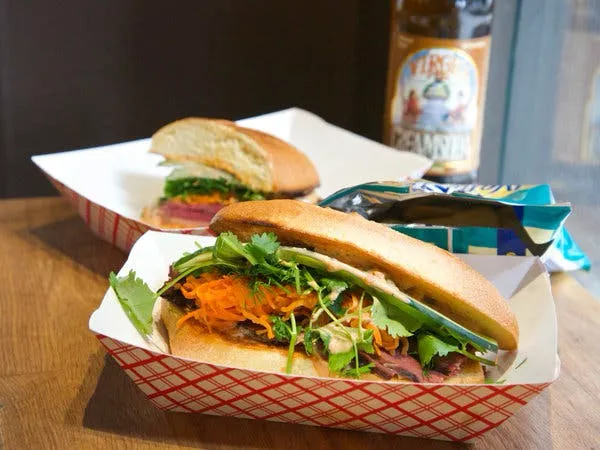
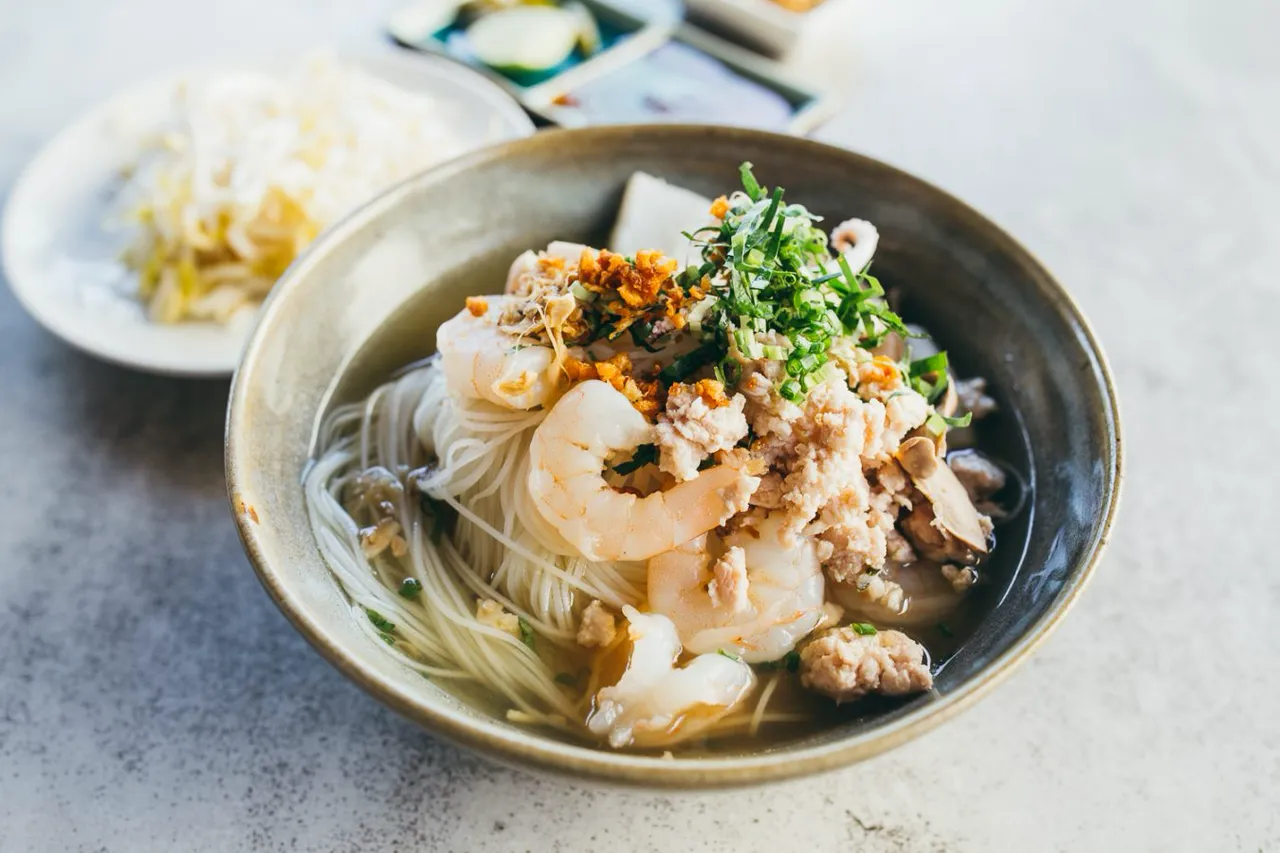
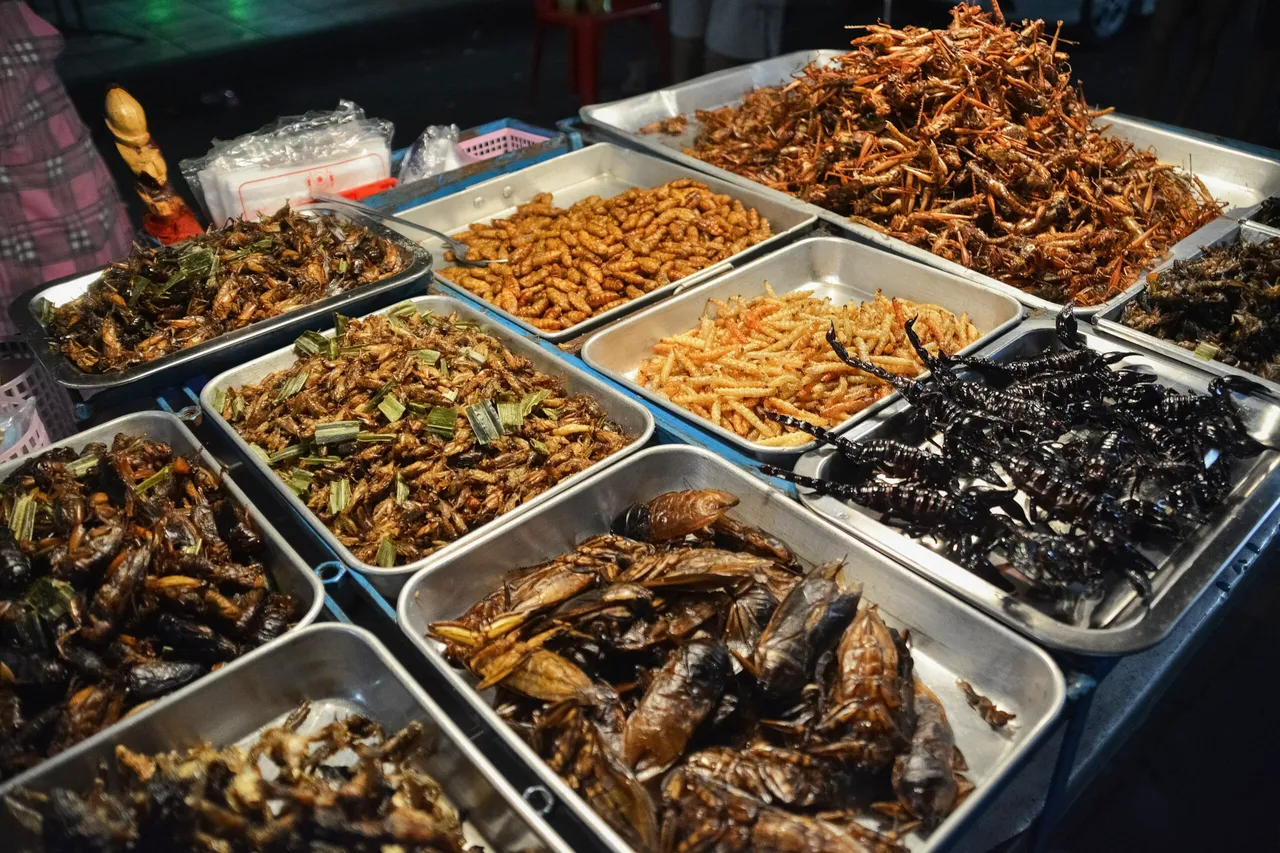
Cambodian sweets and snack

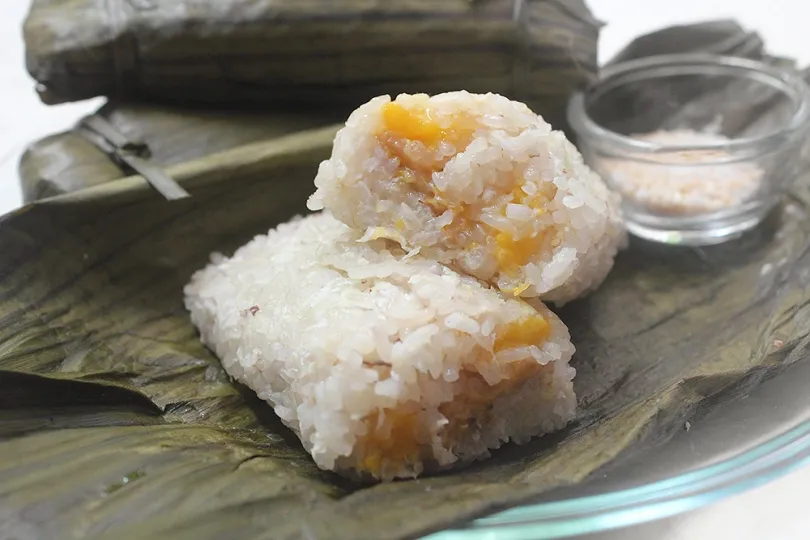
3. Where to eat in Cambodia: foodie destinations to explore
Phnom Penh
In the capital, start your culinary journey at local markets like Central Market or Russian Market, where street vendors serve everything from skewers to noodle bowls. For refined takes on Khmer classics, visit Malis Restaurant or Romdeng, the latter known for its fried tarantulas.
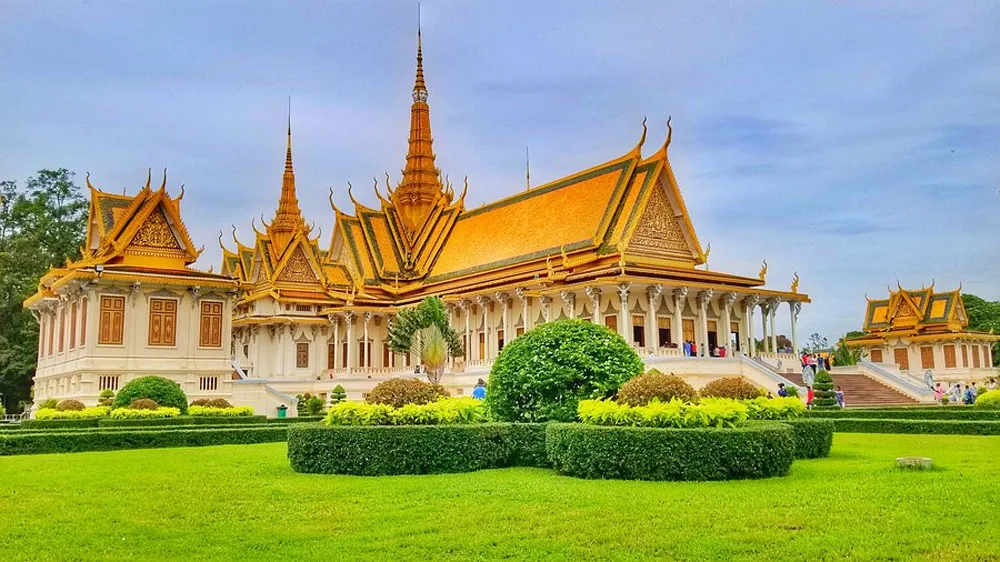
Siem Reap
Near Angkor Wat, Siem Reap boasts a vibrant food scene. Explore the Old Market for authentic bites or grab dinner on Pub Street, where street food stalls sit beside cozy restaurants like Chanrey Tree and Khmer Grill.
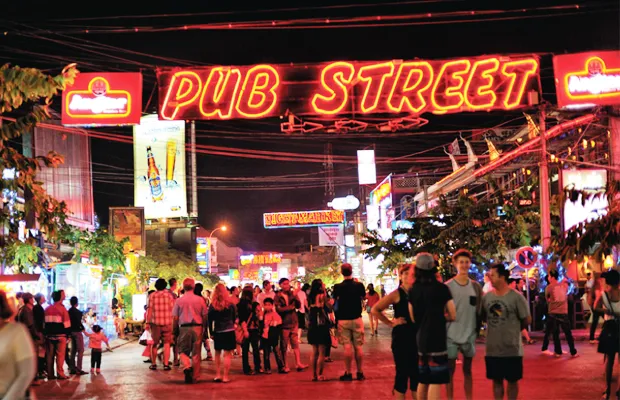
Kampot, Battambang, and beyond
Don’t overlook Cambodia’s smaller cities. In Kampot, feast on the region’s iconic pepper crab, made with locally grown Kampot peppercorns. In Battambang, try bamboo sticky rice roasted over charcoal—a beloved local specialty.
4. Regional flavors and festival dishes in Cambodia
Each Cambodian region offers its own flavor. In the south, Kampot pepper crab is a seafood lover’s dream, cooked in a savory sauce that highlights the province’s prized pepper.
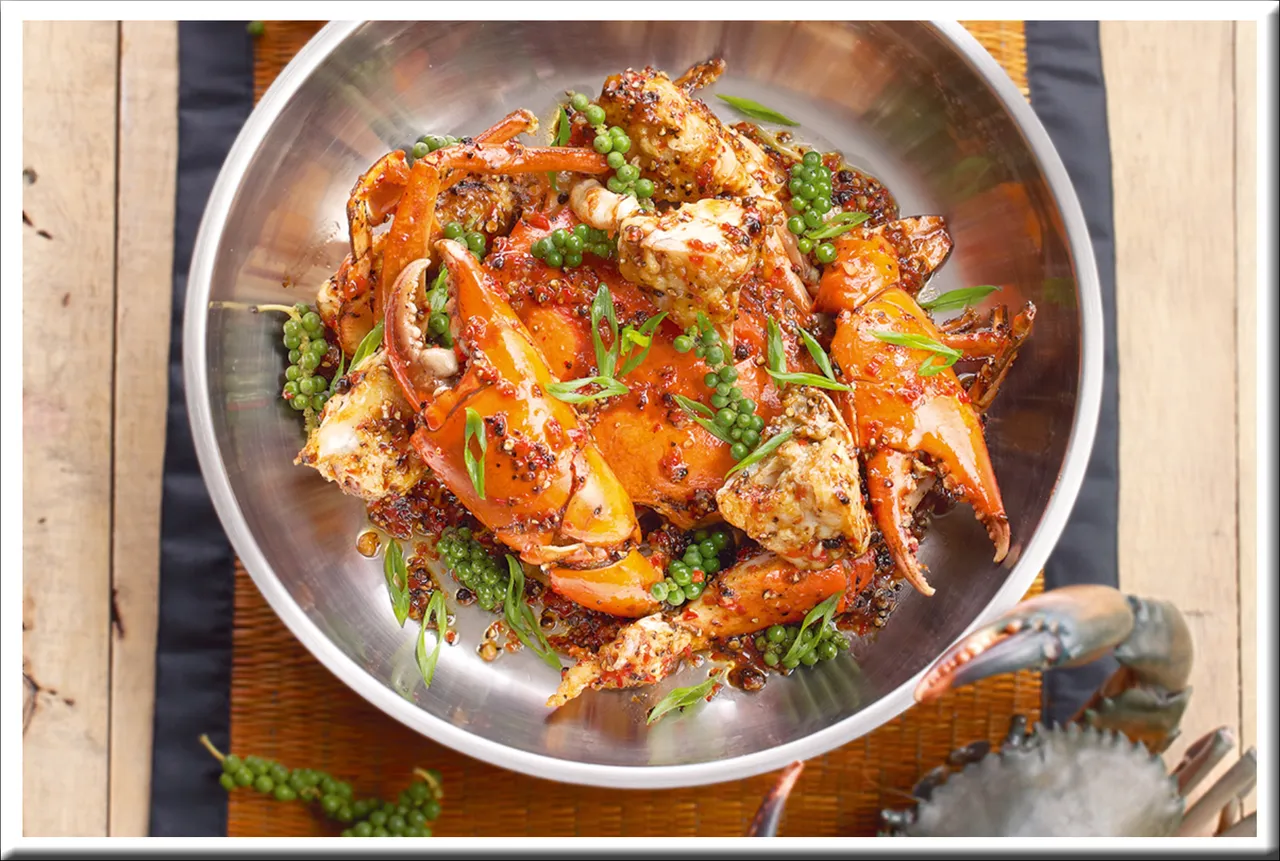
In rural provinces, you’ll encounter unique dishes like beef with red tree ants, served stir-fried with basil and chili.
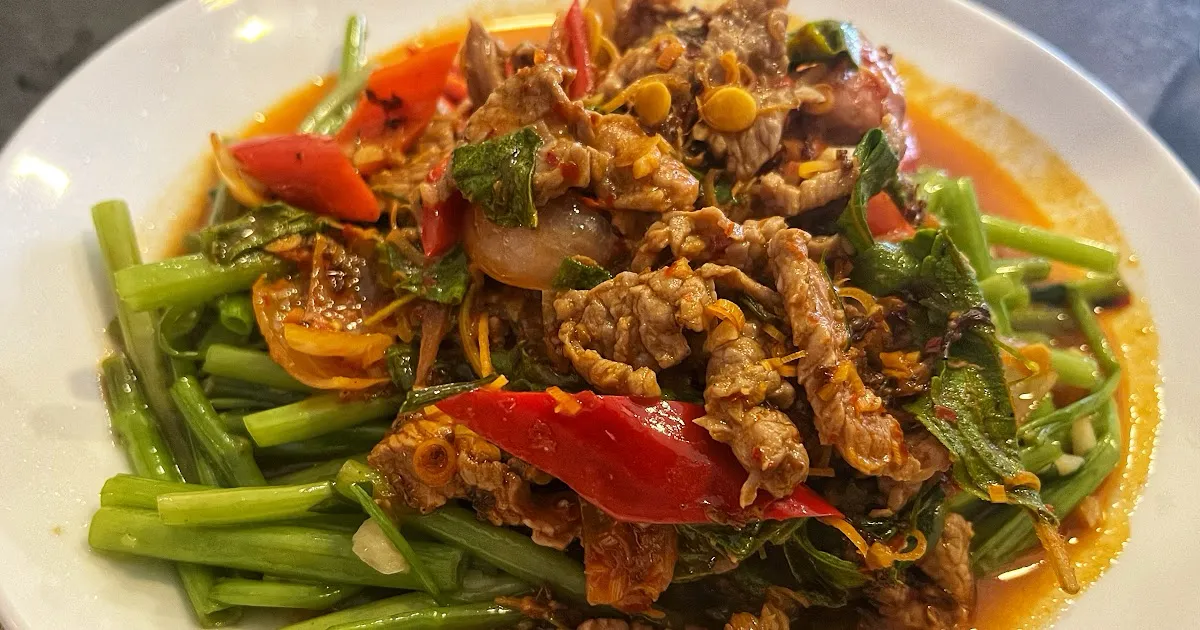
And during Khmer New Year, locals enjoy num kom, banana leaf-wrapped sticky rice dumplings shaped like pyramids and filled with sweet coconut.
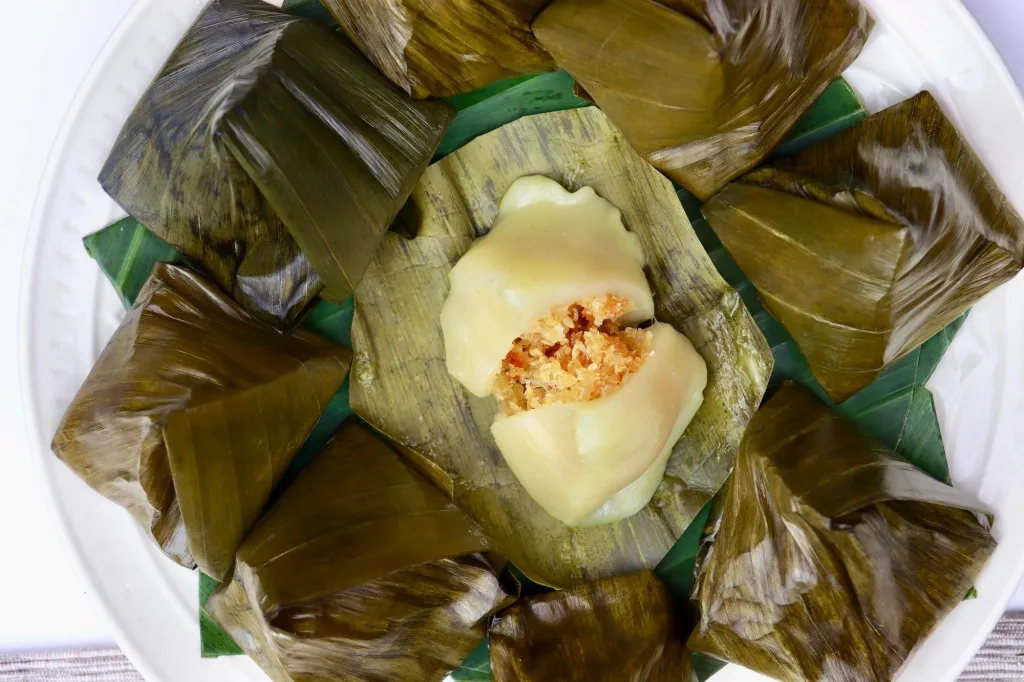
Conclusion
Cambodia offers a deeply rewarding culinary experience for those who venture beyond the usual dishes. From rich curries like fish amok to adventurous eats like fried insects, every bite tells a story of history, resilience, and cultural pride. Whether you’re eating in a five-star restaurant or by a smoky roadside grill, Khmer cuisine invites you to taste the real Cambodia—one plate at a time.




























 Adventure and relaxation between the wings in Sapa _ Fly Sapa Paragliding.webp)


 View trip map
View trip map

